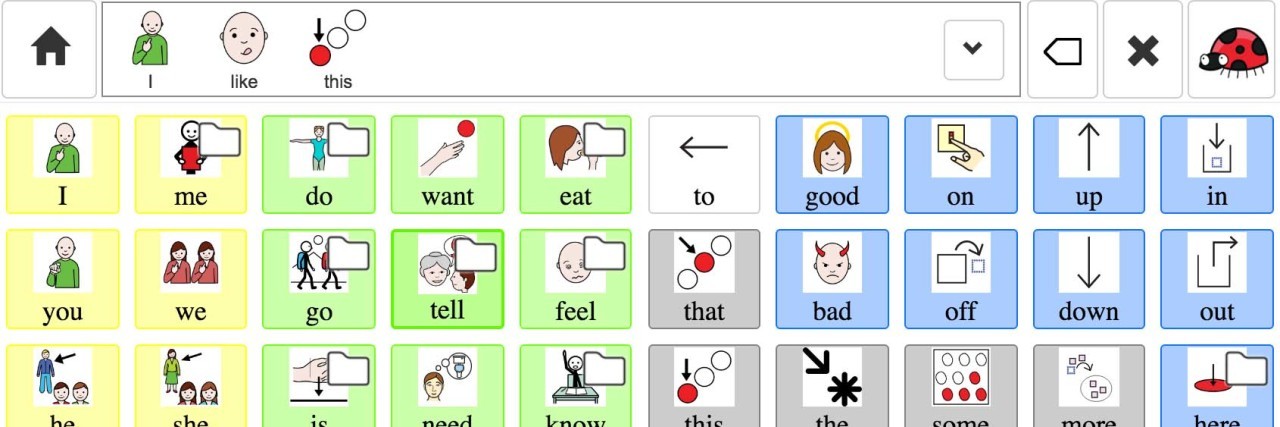If you look at a lot of marketing and conference materials for AAC, you’ll see phrases like “Giving Everyone a Voice” or “Giving a Voice to the Voiceless” We talk about the miracle of someone using a talker and having a voice for the first time. When someone hasn’t spoken words and AAC suddenly opens that opportunity for communication, it truly is empowering and liberating, and worth celebrating.
However, I think we need to be careful. In the most literal sense our “voice” may be the spoken words that we use to communicate, but realistically we use “voice” to mean “communication,” and that’s where we can run into problems.
We all communicate in multiple ways, from our facial expressions to our nonverbal sounds to our hand and body movements. For someone with complex communication needs, they may in fact use spoken words for the first time through a communication app like CoughDrop. But they have undoubtedly been expressing themselves in myriad ways long before they were exposed to AAC. They have music they prefer, foods they don’t like, people who mean a lot to them, opinions of how to interpret the world around them — they may have had an atyptical voice, but that doesn’t mean they were voiceless.
It’s a subtle difference, so why is it important? If we “give” someone a voice (an AAC talker), that implies we can “take it away.” It suggests that communication is a privilege instead of a right, and access to AAC or communication gets muddied up with rewards and punishments. We also discount the communication that happens without AAC. When someone makes a communication attempt and we say “use your talker to ask for that,” we may be thinking we’re encouraging them to use a communication modality that generalizes, but at the same time we’re also teaching them that alternative communicatory strategies are invalid.
For my daughter, we leave her talker mounted in front of her wheelchair all day long, and we encourage her to use it, which she has for years. But in higher-stress situations or when the batteries give out, we don’t say “your voice isn’t working so we’ll just ignore you and make decisions for you.” Just like anyone else, she has multiple modes of communication. She still has a voice without her talker.
It’s important for us as caregivers and supporters to picture someone’s “voice” as a part of their identity, not a part of their device or notebook, so we honor their right to communicate at any time. At CoughDrop we try to remind people, “Every Voice Should Be Heard.” AAC is not about creating a voice. Individuals who use AAC already have their own personalities, their own opinions and favorites and memories to share. AAC is simply a way to help make those already-existing voices heard.

